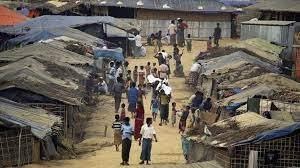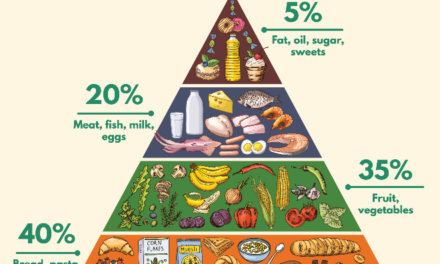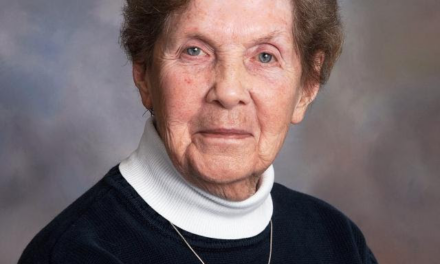Abigail Yarrison ’24, Editor in Chief
Early this semester, the Catholic Relief Services Ambassadors hosted an event in Campus Ministry called the Migration Simulation Event. This event was planned to bring awareness to students about the global problem of refugee migrations that are taking place across the globe. Jess Morrell, the advisor of CRS Ambassadors, led students through a “Walk a Mile in My Shoes” simulation. The five stations, shelter, food, water, medical/health, and education, gave students an insight into life in a refugee camp.
The first station was shelter. The minimum standard area for a shelter in refugee camps is 37 square feet per person, but this requirement is seldom met. To put that in visuals, Morrell laid a large throw blanket on the floor. This space would be where the family sleeps, eats, cooks, and stores all their belongings. A family of 2 could perhaps live in this small space “comfortably,” but refugee families are seldom so small. A family of 4 or 5 would be lucky to receive a space twice this size. Not only do they suffer in cramped conditions, but refugee families also have limited supplies, often only one pot for cooking and one set of utensils per family.
Source: Anadolu Agency
The second station was food. Here Morrell had brought a typical lunch from the dining hall. A sandwich, an apple, a soda, a brownie, and some French fires were laid on the table. And that’s just lunch! A typical American student’s calorie intake per day was calculated to be about 2500 calories. In comparison, a refugee’s meal consisted of a small bowl of rice with only a few lentils and vegetables on top. These same foods are often eaten for all meals and the calorie intake is around 1300 per day. Food in refugee camps is mostly provided by the United Nations, Catholic Relief Services, and other such organizations, but it is often not enough. Malnutrition rates are high in camps and leaves refugees vulnerable to disease and illness.
Source: PBS
Water is a valuable commodity in refugee camps. One gallon of water is allotted to each refugee per day. At the water station, students were shown a five-gallon bucket filled with water. This represents two minutes of an average American shower. For a refugee to collect enough water for an average American’s ten-minute shower (25 gallons), they would have to make five trips to the well. Students were tasked with carrying the bucket (about 40 pounds) across the room to show how difficult it is for refugees who have to transport their family’s water long distances. These five gallons of water have to be rationed so that they have enough for cooking, drinking, and bathing each day.
The next station was about health and medical practices in refugee camps. At the border stations, refugees are screened for various diseases and illnesses and given certain immunizations. The UN Refugee Agency (UNHCR) has worked to provide adequate health care in camps. This includes sending volunteer doctors, providing immunizations to young children, controlling outbreaks, and helping with trauma care.
The fifth station was all about education. Currently, 75 million children are out of schools due to crises. Refugee camps sometimes have schools, however, they are severely lacking in supplies or do not have well-trained teachers. Jess Morrell separated one person from the group of students participating in the simulation. To them, she gave a book, a piece of paper, and a pencil. To the rest of the students, she also gave one book, one piece of paper, and one pencil. The activity was for every student to copy down a sentence from the page number she gave them. The larger group had to share the book and pencil which made it significantly harder as they had to take turns. This was to show how children in refugee camp schools don’t have enough resources for each child to have an individual notebook or textbook. Children in refugee camps are often 3-5 students per one pencil.
As Morrell’s stations informed the students refugee camps are in need of help. Refugees are not receiving what they need to survive. Their human rights are not being fulfilled. Today there are more than 65 million people who have been forcibly displaced as refugees, internally displaced persons, or asylum seekers due to persecution, conflict, violence, weather, and war. Children 18 years and younger make up 51% of this population. These people are spread across the world in countries like Turkey, Pakistan, Lebanon, Iran, Ethiopia, and Jordan awaiting their chance to return home, be integrated into their host country, or be moved to another.
At the end of the event, students were called upon to take action. A link was provided for students to send letters to their representatives to inform them of the human rights crises taking place across the globe and to call them to act. Students were also made aware of organizations like CRS and JRS (Jesuit Relief Services) who work to provide these people with a better life.





